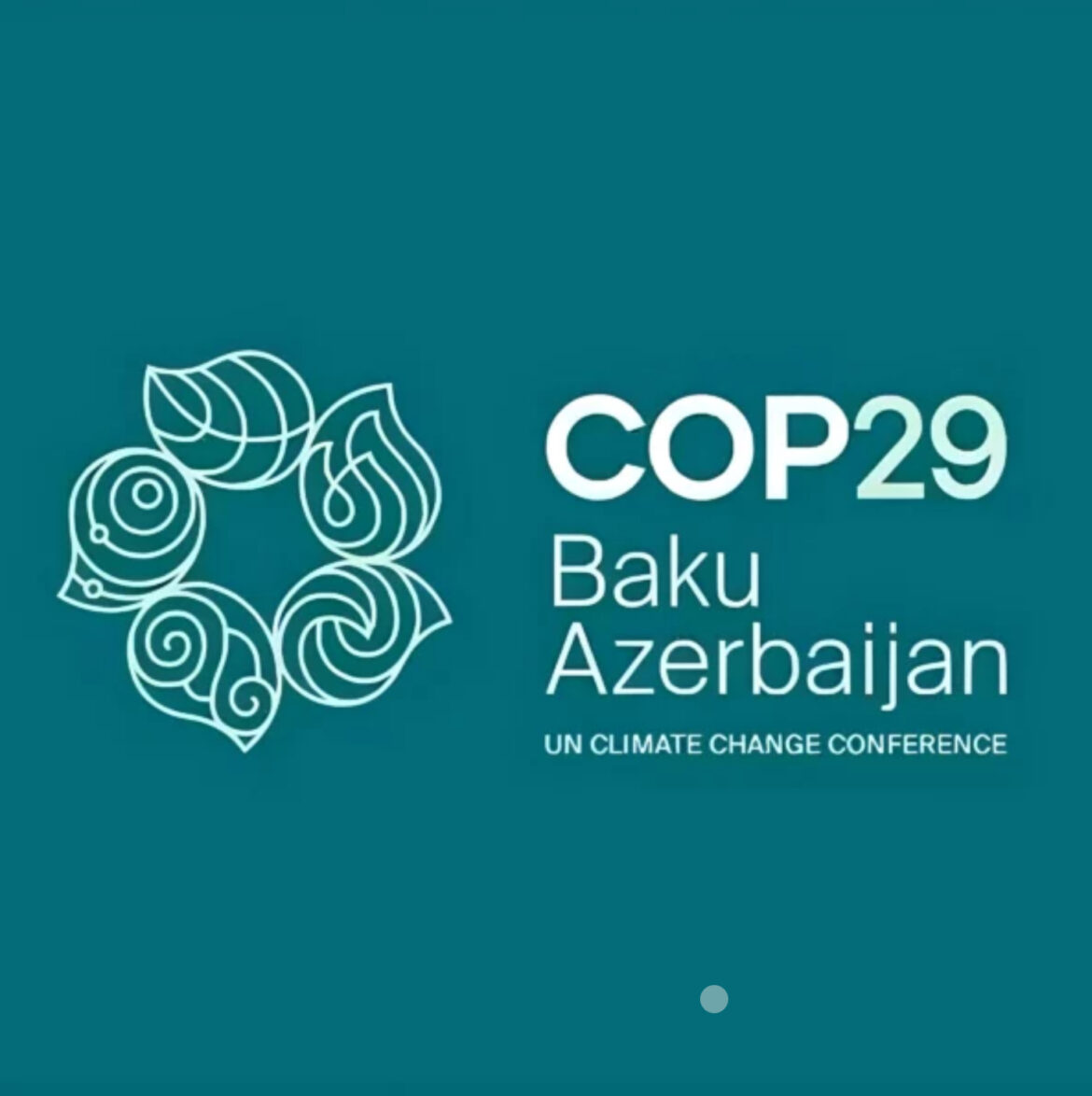As the world prepares for COP 29, Guyana stands at a crossroads that few nations have navigated before. With a dual identity as both guardian of one of Earth’s most crucial carbon sinks and an emerging oil producer, while simultaneously facing the vulnerabilities of a coastal state, our position is unprecedented. The Guyana Human Rights Association recently posed a crucial question that resonates deeply: What message will Guyana bring to COP 29? The answer could redefine how developing nations balance resource wealth with climate responsibility, potentially reshaping the global dialogue on sustainable development.
The emergence of Guyana as an oil producer has indeed sparked intense global debate about our climate commitments, yet this narrative fails to capture the complexity of our position. Our nation maintains an impressive 87% forest cover, providing essential ecosystem services worth billions annually to the global community. This remarkable environmental stewardship, maintained despite significant economic pressures, deserves proper recognition within the international climate finance framework. The pressing question for COP 29 isn’t whether oil production contradicts climate goals, but rather how resource revenues can accelerate both domestic development and global climate solutions. Guyana’s Low Carbon Development Strategy (LCDS) 2030 provides a foundational vision for this approach, though its successful implementation requires substantial international support and cooperation.
The current climate finance system persistently undervalues forest preservation while disproportionately emphasizing emissions reduction. Our nation’s experience demonstrates the urgent need for a comprehensive valuation of ecosystem services that reflects the true cost of maintaining vast carbon sinks. The Norway partnership offers a practical model for scaling such arrangements globally, providing valuable lessons for reforming international climate finance mechanisms. As we pursue oil development while maintaining exemplary forest coverage, Guyana can pioneer a new framework for just transition that recognizes developing nations’ right to utilize resources for poverty reduction while upholding environmental commitments.
Our unique geographical position as both a Caribbean and Amazon nation enables us to bridge crucial perspectives on climate adaptation. The challenges we face in protecting our coastal infrastructure mirror those of island nations, while our expertise in forest management aligns with the concerns of Amazon basin countries. This distinctive dual identity strengthens our ability to advocate for comprehensive resilience strategies that serve diverse geographical contexts and development needs. It positions us to propose concrete mechanisms for international support of clean energy adoption and sustainable infrastructure development, charting a course that other nations might follow.
The effectiveness of Guyana’s engagement at COP 29 will ultimately depend on our ability to translate these principles into actionable commitments. We must present clear, quantifiable targets for expanding renewable energy adoption, backed by specific funding requests for international support. Our proposals should include a revised carbon pricing mechanism that better reflects the value of standing forests, while detailing how oil revenues will fund climate adaptation and clean energy projects. Furthermore, our regional cooperation initiatives must leverage Guyana’s unique geographical position to advance collective climate solutions.
Our message at COP 29 needs to transcend the false dichotomy between development and climate action. By demonstrating how resource wealth can accelerate rather than impede climate solutions, we can provide a viable blueprint for other developing nations facing similar challenges. Guyana’s experience proves that maintaining vast forest cover while pursuing development is not only possible but essential. The task now is to show how new resource wealth can strengthen rather than compromise this commitment, pioneering a new model of climate leadership that recognizes the complex realities facing developing nations.
The path forward requires more than position papers and policy statements. It demands a clear demonstration of how Guyana will use its unique position to advance global climate solutions. Our message must be unequivocal: we stand ready to expand our role as a climate leader, but this leadership must be matched by meaningful international support and recognition of developing nations’ right to sustainable development. As we approach these crucial negotiations, our voice must reflect both the urgency of climate action and the pragmatic needs of developing nations.
Guyana’s position at COP 29 offers an opportunity to help bridge the growing divide between climate ambition and development reality – a bridge the world desperately needs. Through thoughtful engagement and clear articulation of our unique position, we can contribute meaningfully to shaping a more equitable and sustainable global climate framework. The success of our approach could set a precedent for how nations navigate the complex intersection of resource development and environmental stewardship in the years to come.
The Guyana Business Journal provides authoritative analysis at the intersection of energy, investment, and policy.
Follow the GBJ’s ongoing commentary, and become a Sustaining Member for just $5.00/month.
➤ Support Guyanese Excellence | Donate Here

